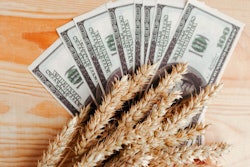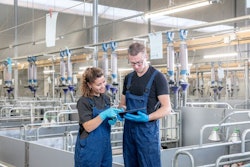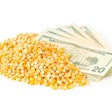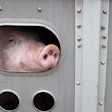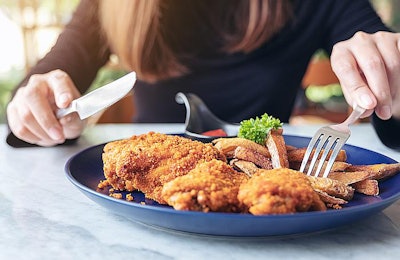
What lasting trends have emerged from all of the changes consumers have experienced the past 2 years?
While the work-from-home revolution has caused big changes in the way consumers purchase, cook and eat chicken, those same consumers are also looking for products they deem healthier and more sustainable.
Speaking at the Feed Strategy Conference during the International Production & Processing Expo in Atlanta on January 25, Chris DuBois, senior vice president, Americas protein practice leader at IRI, explained some of the trends driving growth in the chicken market.
-
No antibiotics ever and organic drive dollar growth
In 2021, the total chicken market grew by US$3.9 million. However, the organic market grew US$59 million and the no-antibiotics-ever (NAE) market grew US$39 million.
“There’s only US$3.9 billion of chicken growth,” DuBois said. “The conventional didn’t grow, so all the growth is in organic and NAE and so this is driving the dollar growth. Not only is it driving the trips are the most valuable consumers but it’s driving the dollar growth as well.”
-
Natural and organic attitudes
DuBois said millennial and Generation X consumers are behind the growth in organic and NAE chicken.
“You’re gonna find that organic buyers tend to be a little better educated in general and they’re going to be looking for the reasons to buy things, and a little bit more upper income as well,” he said. “Millennials have kids, they’re 40 (years old) and less, so that’s your sweet spot for marketing to organic. So, if you want to be part of that growth from, say, 6% to 8% of the industry, which can be a big amount of the dollars, that’s a big piece.”
-
Regional trends
DuBois explained that chicken buying trends differ by region, and even by city, so learning those differences can help companies decide what cuts to put in what stores and in which markets.
“If you can get this right, thinking about markets and cities, there’s a way to unlock growth. So if you think about where the big growth areas in and chicken, some of this is about getting store level and chain level and market level assortments right,” he said.
-
Sustainability
DuBois said sustainability has become a big driver behind consumers’ buying choices.
“We all know sustainability is a big deal,” he said. “What we found is millennials buy a lot more sustainable products across categories. … But guess what? The boomers and Gen X have all the dollars and they buy fewer categories. So if you take rising incomes, which is likely to happen for millennials in the next 10 years, and they’re buying more of these products, if you put income behind it, they’re probably going to buy even more of them coming forward.”
-
The work-from-home revolution
The shift to working from home has caused people to change their cooking behavior, where they eat and how they consume food from restaurants.
“This is the single biggest eating occasion change in the last 50 years. When you take people out of their work environments and you put them in a totally different spot, that opens up new occasions,” he said. “It means they’re not eating a company cafeterias, they’re not eating through the institutional food channels, you’re not eating through the restaurants. They’re likely eating at home or getting takeout. The work-from-home breakfast changes everything.”
While most people are cooking at home more, DuBois said only 30% of consumers drove 97% of the median growth in 2020.
“There’s people who have changed what they cook. They changed how they cook. They try a lot more dishes. These are true cooking enthusiasts,” he said.
The other thing that has seen big changes during the pandemic is restaurant takeout and delivery.
“The whole idea of going to a restaurant as your place to get the meal, the whole idea of the restaurant being the place, or the store being the place that you have to go get food, that’s changing,” he said. “So what that means from a food side is, that food needs to be portable, it needs to be packaged differently, it needs to be protected differently,” he said.




